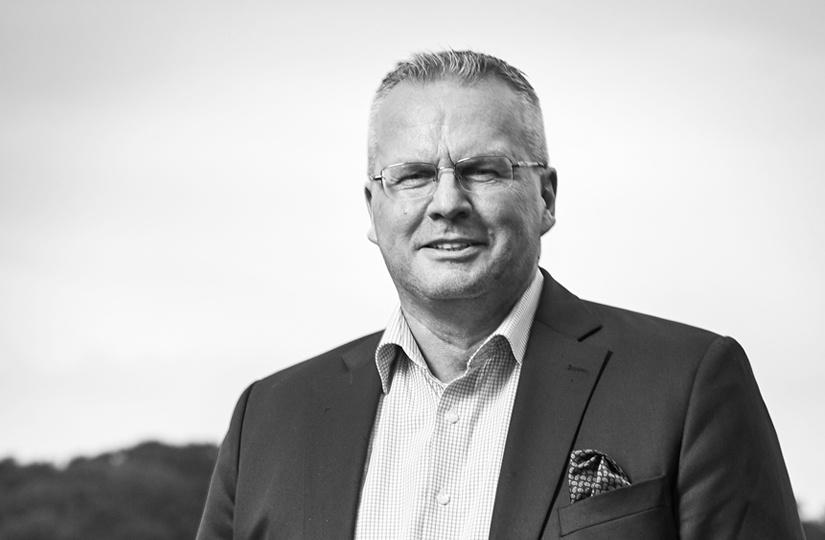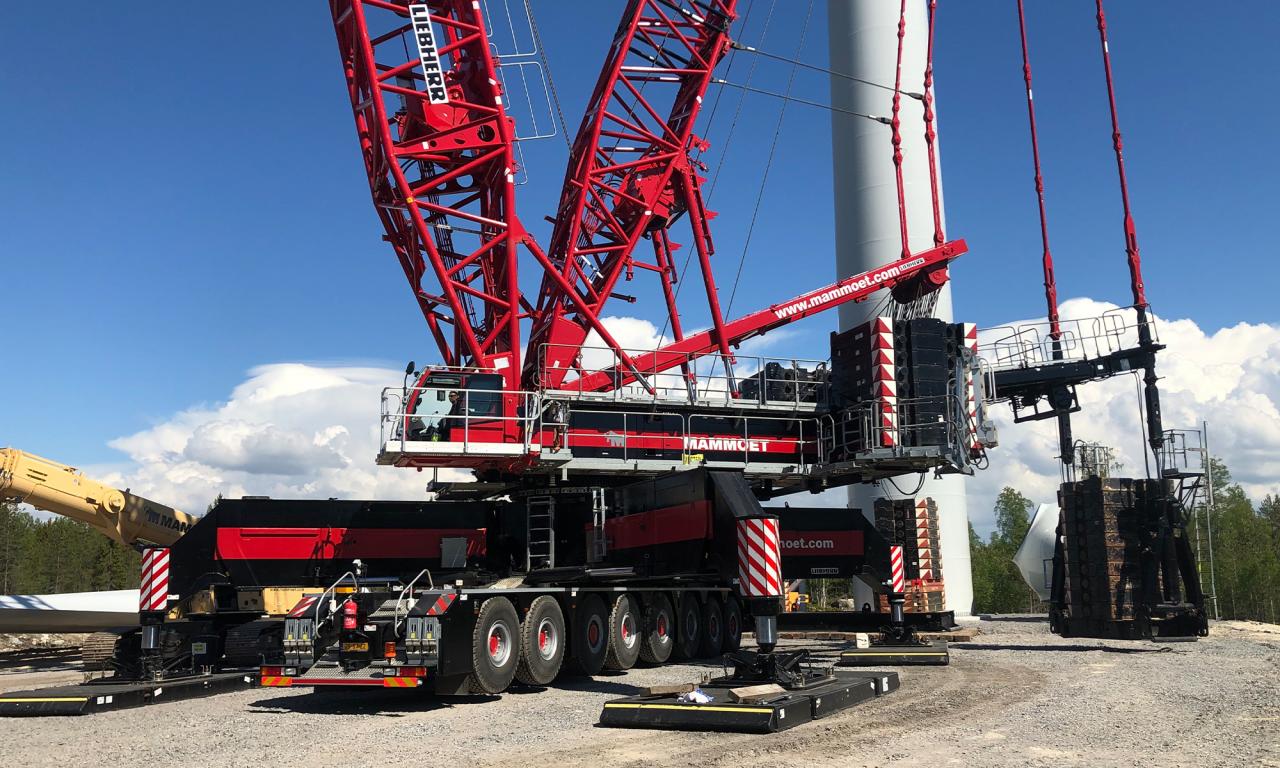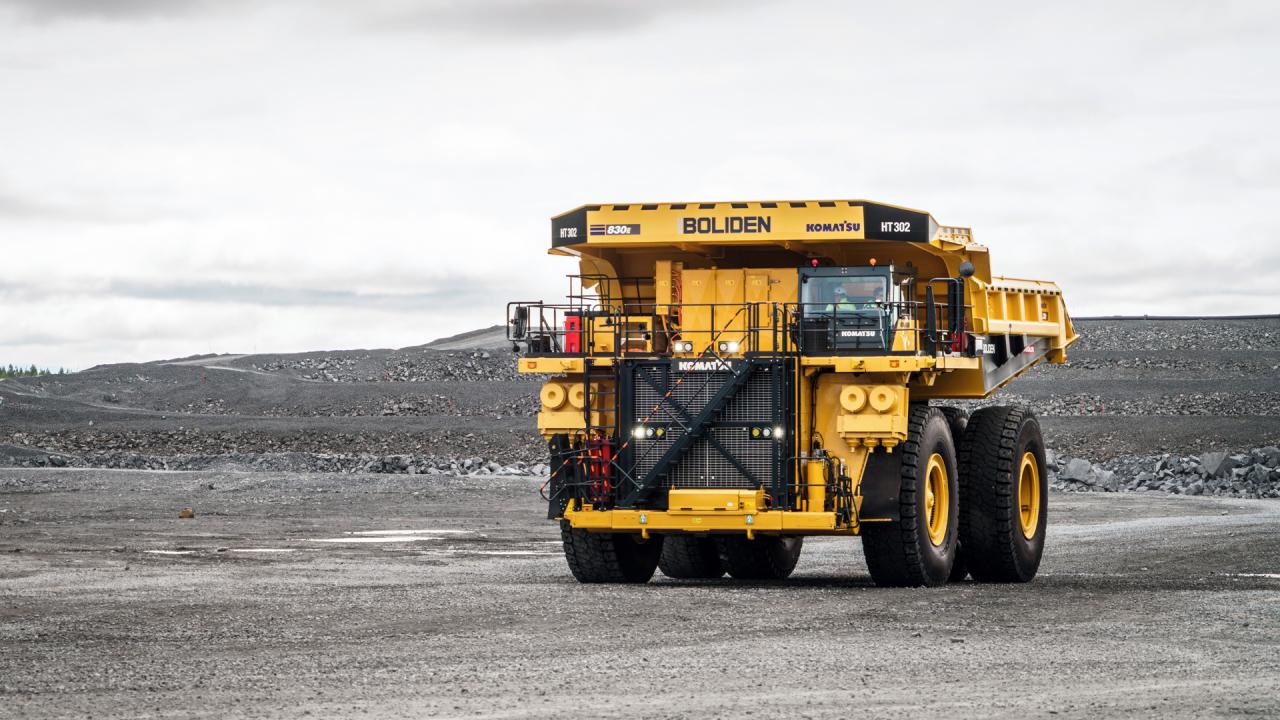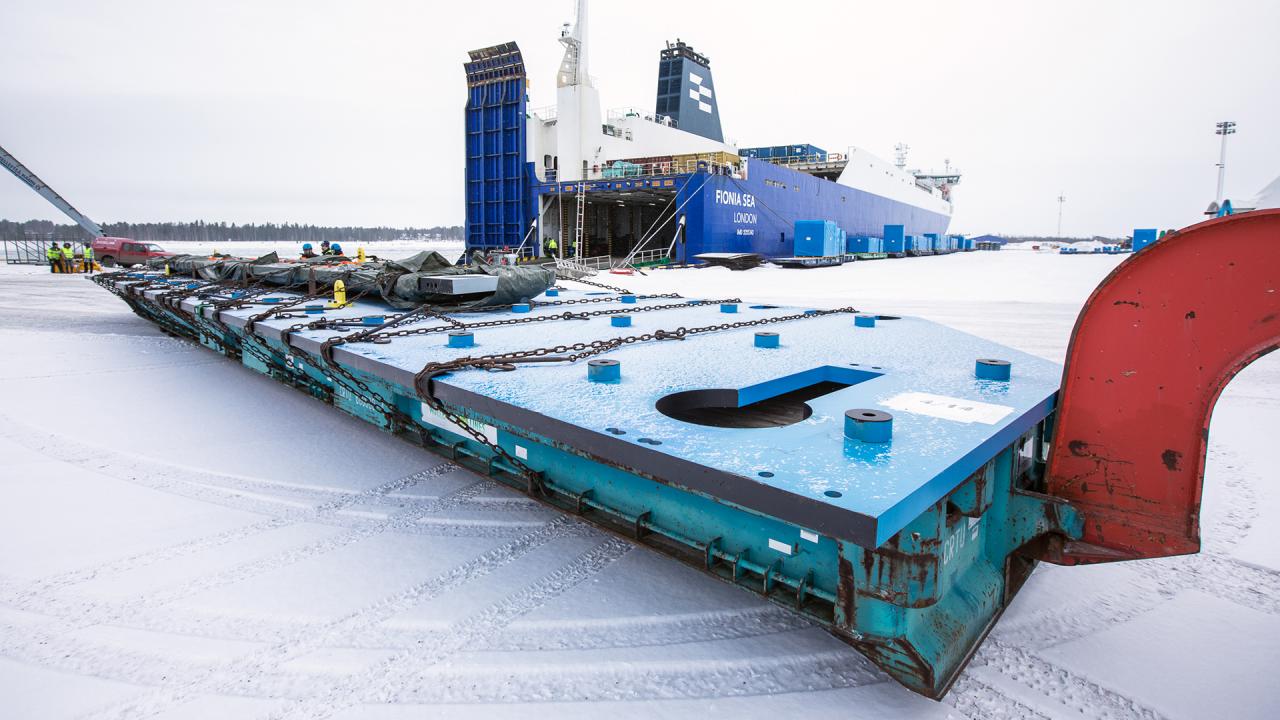Wind turbine towers in regular traffic
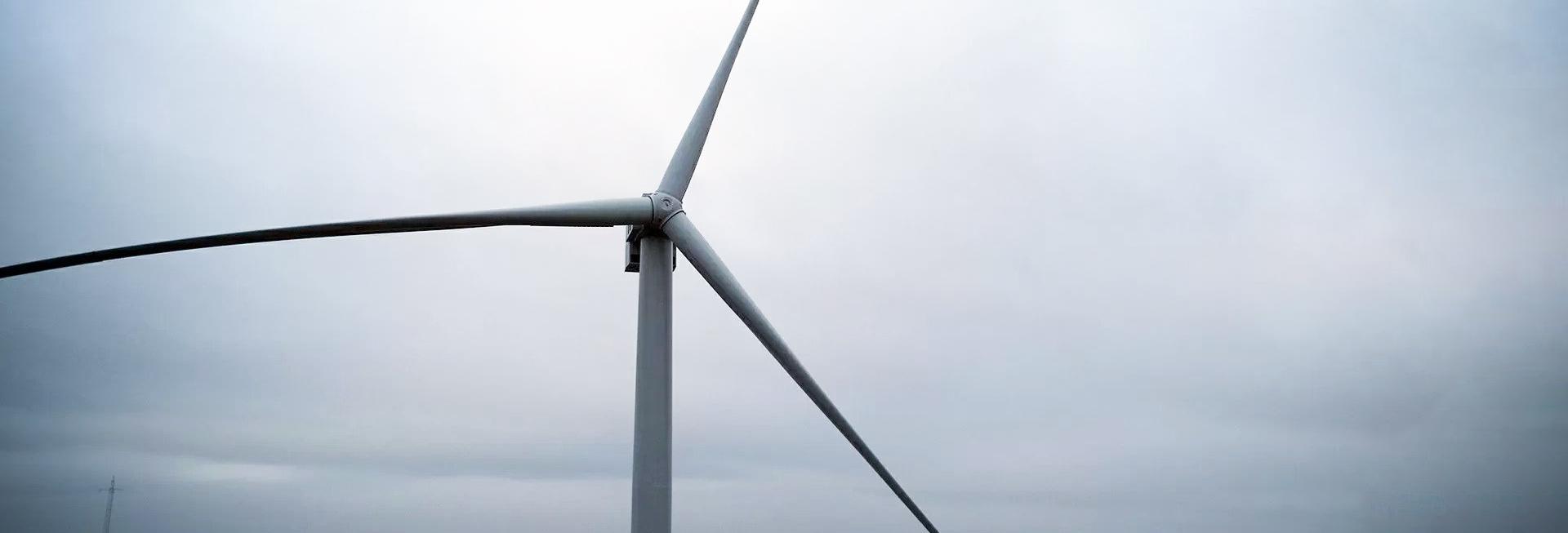
How do you ship sixteen 1,090-tonne wind turbine towers from Lübeck to Western Finland – without deploying extra ships or blocking large areas in the port? The answer can be found on a fully laden main deck aboard a WALLENIUS SOL vessel.
Building a wind farm is a huge logistical exercise, especially with regard to the big, heavy components that have to be shipped over long distances. Often there are no alternatives other than many complex truck shipments or special transports by sea. But in the case of the Puskakorpi wind farm in Western Finland, logistics supplier EMS-Fehn-Group, together with WALLENIUS SOL, found a way to ship two towers per week for eight weeks without anyone having to deploy extra vessels on the Lübeck – Oulu route.
“We’ve transported components for 16 wind turbine towers. Each tower consists of 81 segments plus adapters and weighs more than 1,000 tonnes. It takes 22 cassettes to ship the segments for a single tower,” says Kai Peränen, Commercial Manager, WALLENIUS SOL.
However, the size of the freight is not the greatest challenge in a job like this. It´s the quantity.
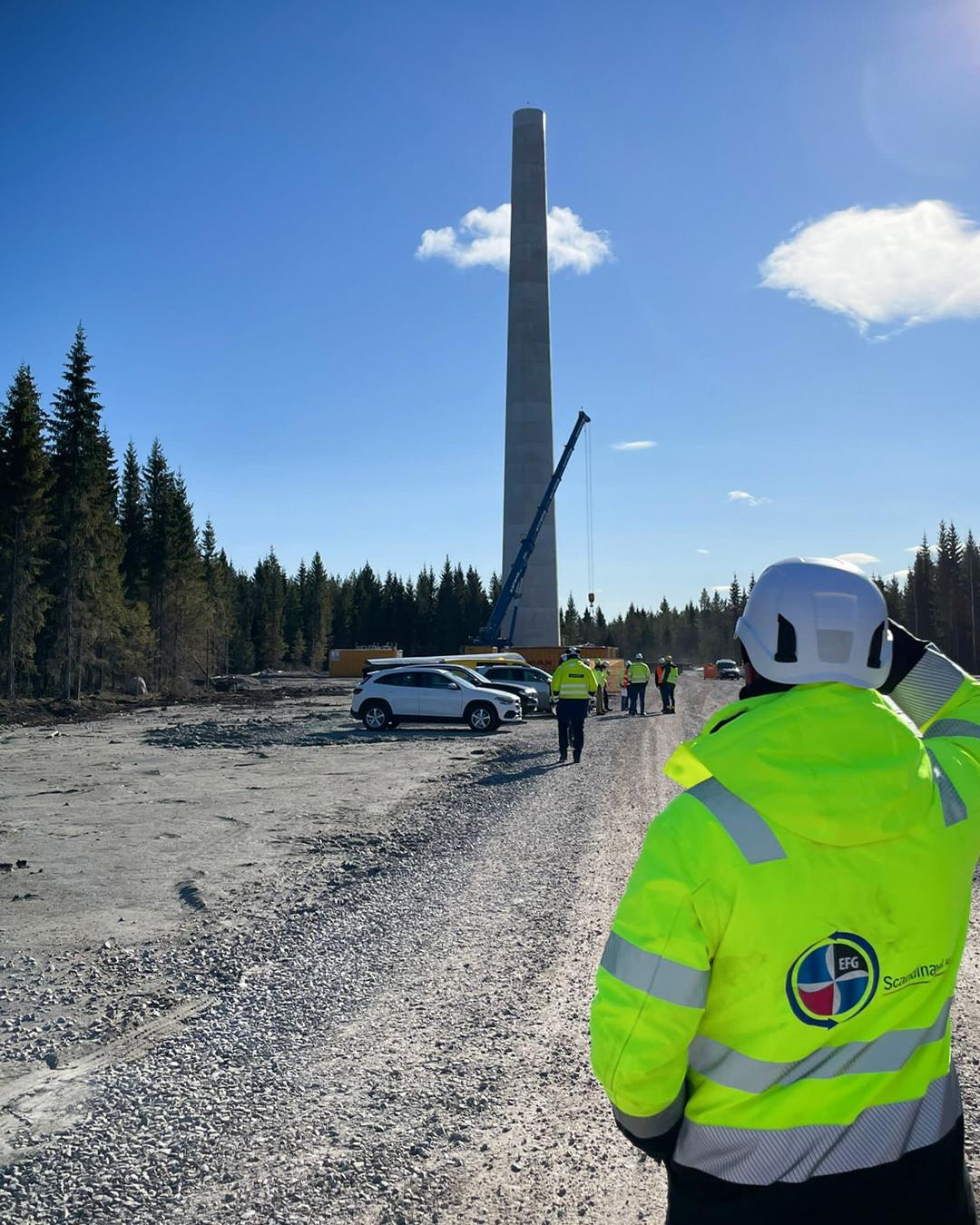
Someone who knows all about this is Dominic Sleur. He is Chief Sales Officer of German EMS-Fehn-Group and also Managing Director of EMS Log. The Bremen-based company specializes in project logistics and is in charge of transporting the wind turbine towers from Germany to Finland. And even though EMS-Fehn-Group has - apart from trucks, cranes and port terminals - its own fleet of seagoing vessels, Dominic and his colleagues were looking for a different approach in this case.
“Transporting the tower segments with a regular cargo vessel would have posed a number of obstacles,” Dominic says.
“For example, a considerable amount of cargo would have had to be gathered in one place to make the vessel’s journey worthwhile. This would have had the potential to nearly block an entire port”
“By relying on WALLENIUS SOL’s regular service instead we were able to maintain a steady flow of cargo. The tower components arrived in time and according to our customer’s schedule without us having to take up large areas to store the cargo intermediately,” he adds.
“We already have regular traffic between Lübeck and Oulu, so we can fill the main deck with the segments needed in the wind farm the following week, while still having the entire upper deck and lower deck free for other freight,” says Kai Peränen.
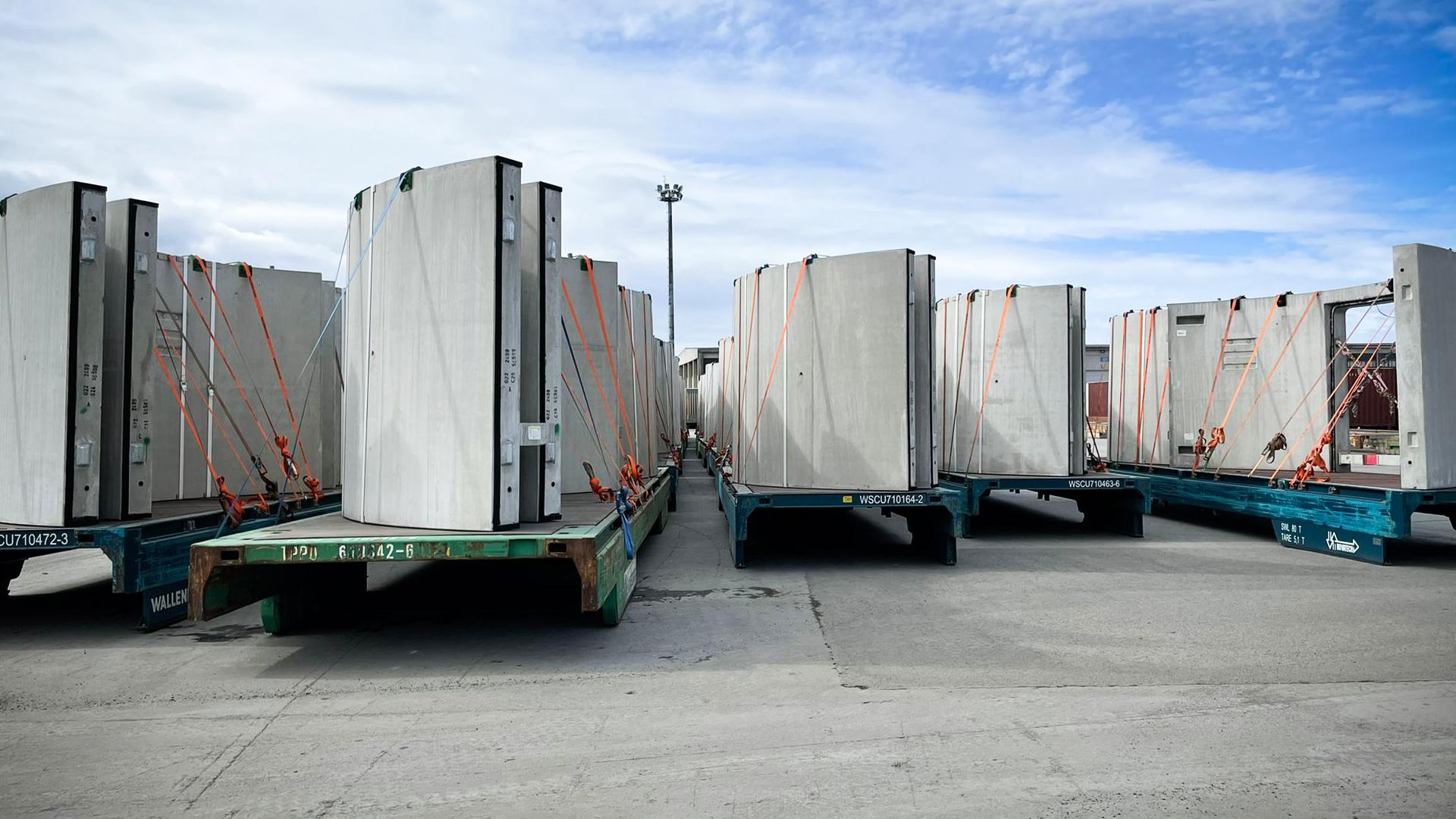
In between the weekly deliveries by vessel, trucks carried the tower segments that had already arrived in Oulu to the Puskakorpi wind farm. This alone amounted to more than 100 truck loads per week. At the construction site, the 80-metre towers are now being erected. Segment by segment, ring by ring.
WALLENIUS SOL also transported the cranes that EFG Scandinavia, another EMS-Fehn-Group company, uses to assemble the wind turbines. The wind towers, with nacelles and rotor blades included, will eventually reach a hight of 160 metres. Meanwhile, WALLENIUS SOL will carry out shipments for an additional two or three wind farms in Finland on behalf of EMS-Fehn-Group.
